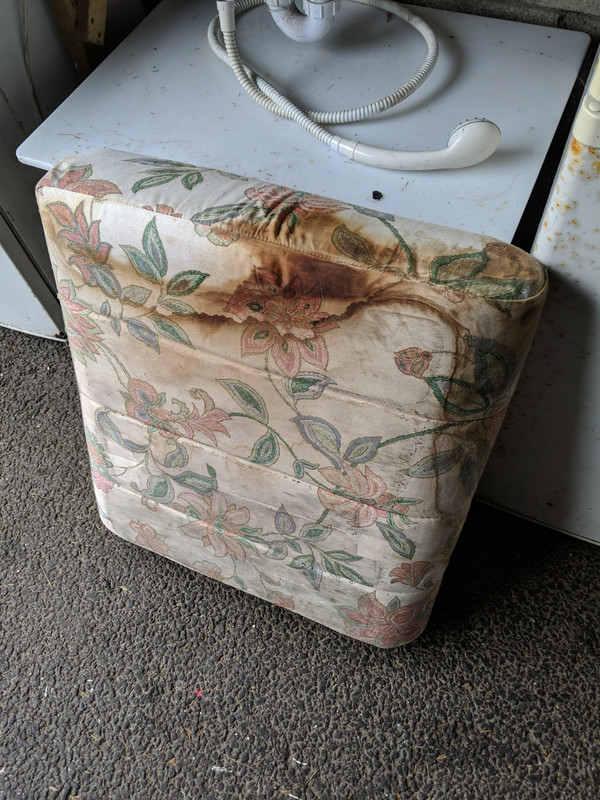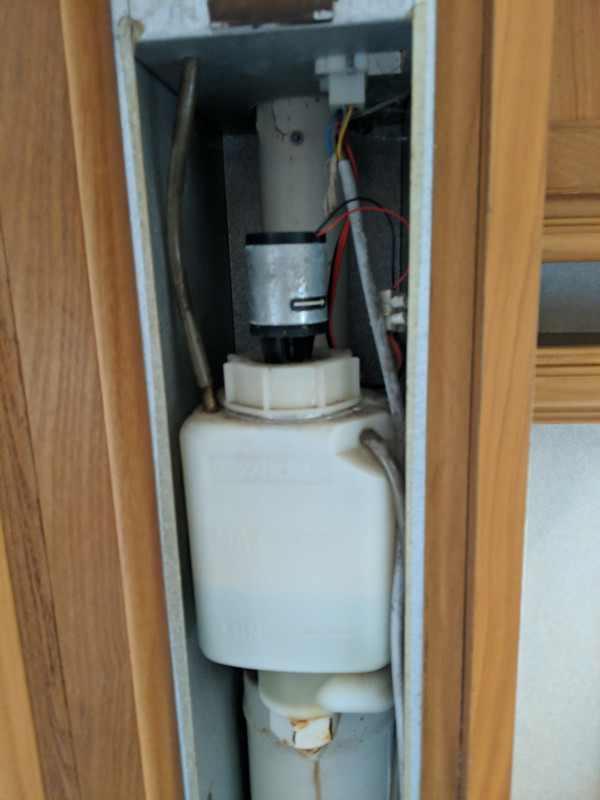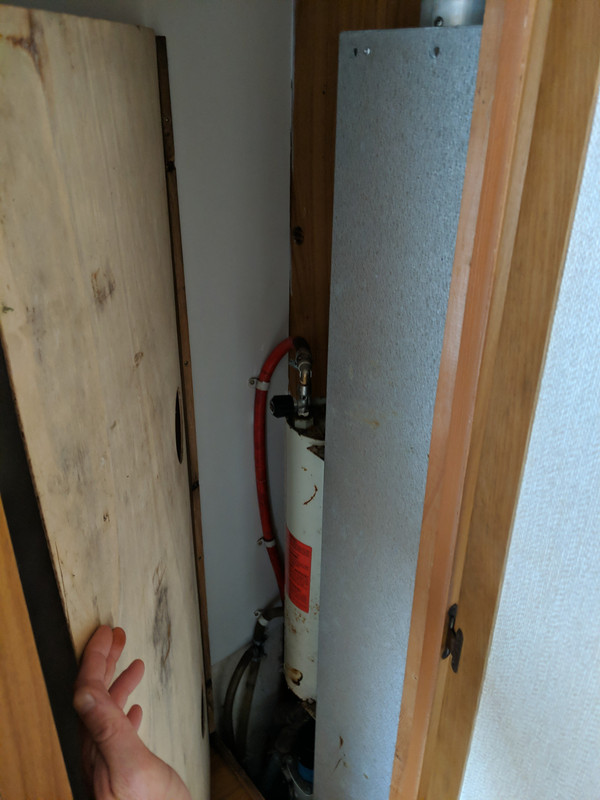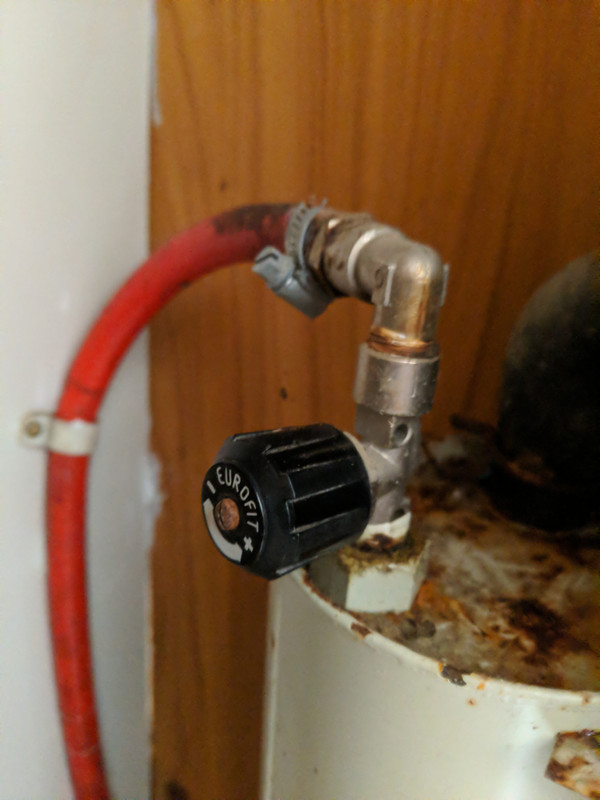Thanks everyone. Some excellent progress here. A few replies:
Yes, I can see we must have the 2921. It turns out we have the swedish manual printed off. I must have done it years ago (vaguely remember now!). It was hidden in a cupboard, my son found it yesterday. Unfortunately you can't select the text in the PDF version online (images instead of text) so I may be able to use OCR to convert it to text to translate, but more likely I can just manually type in the bits I need to understand, which will begin with the control panel. A few things it has taught me even in Swedish is that the unit which looked to me like a small immersion heater is actually a "circulation pump". That makes much more sense. 25W is ridiculous for a heater but it DID drastically improve the water temperature. I now see that the reason it does that is because it circulates the glycol heating fluid (water in my case for now) around the copper coil inside the unit on the back of the burner, this unit pictured below:
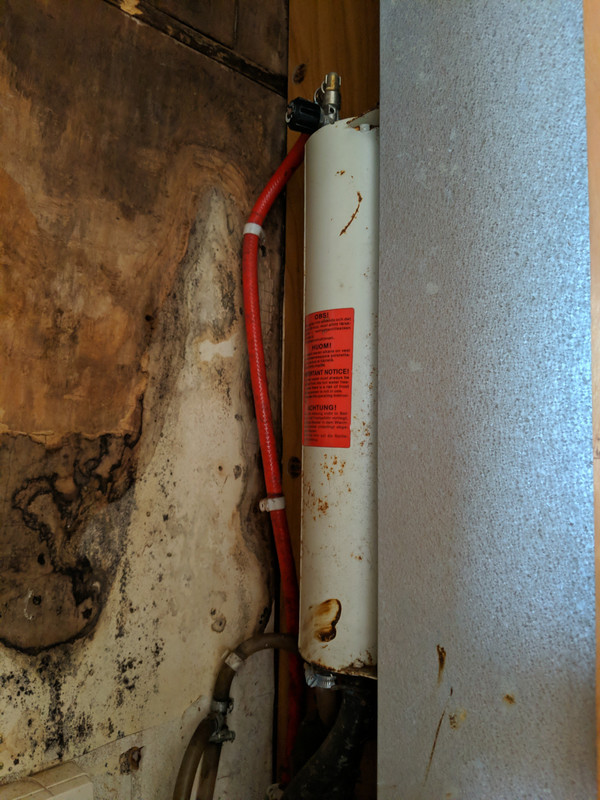
That unit has NO power cables going into it, so I couldn't see how that is the electric heater, and it's not. Apparently it has a copper coil inside in which flows the glycol heating fluid. Then hot water on demand passed over/around that coil which heats it up. It looks like the circulation pump helps keep hot fluid circulating around that coil which would understandably make the water hotter at the tap.
What I dont understand is where the circulation pump for the central heating system is, assuming there is another. If there isn't another, then this pump must do the same, which again stumps me a little as it means hot radiators just to get decent hot water, not nice in summer. Reading the 2920 manual it does talk about a switch somewhere (on the back of the burner I think) which allows the user to select "summer" or "winter" use, and it makes sense that that would prevent the heating fluid going around the radiators when the circulation pump is on, for summer use where heating is not needed but hot water is. Trouble is, I can't find the damn thing! Going to go and have another look now.
One thing I can conclude is that the gas system DOES indeed produce a (just about) adequate shower, and seemingly endless. Another conclusion is that there is no "tank" whatsoever, no storage of hot water at all. But that's fine, perhaps even better, if the burner can heat enough on demand.
I measured how much water comes through the taps, to check the flow from the pump. It took 30 ish seconds to fill a 1.14 litre milk container, so not even 2.5 litres per minute, and that was with both hot and cold running. With only cold running it took around 45 seconds to fill that same container, showing something like 1.5- 1.9 litres per minute. The Shurflow pump states 6.4 litres per min flow rate on it, obviously when new. It's very old, and this flow rate suggests I do need a new pump, or I may just try dismantling it and refurbing it as I know pumps can benefit from a clean up of the impeller etc. Worth a shot anyway. Even just 4litres per minute flow rate would be a huge improvement and plenty good enough to be usable. I had a shower in it last night, and after 8 minutes (twice as long as i would ever need) it was still a constant very warm, mildly hot temperature. Plenty good enough for visitors! It would appear I don't need storage. but if I want a better flow rate I suspect the Propex electric jobbie is still the ideal solution and it would mean I can go without the central heating system (would like to get rid of that) and more importantly, I could permanently isolate gas from going to the burner. It does seem to be working well, and the gas burns a very strong blue clean flame. But with the overall age (as ProfJohn said earlier), my honest preference would never be to use a 30 year old gas appliance in a caravan which was extremely wet inside for several years and quite a bit of rust. But it could tie us over until replacing it with the leccy tank

.
I am still a bit confused about whether I need to turn on the thermostat (switch on top, and./or dial on front) to get hot water. Logically I don't think I should have to use that as it's measuring room temperature which has nothing to do with hot water supply, but assumptions are risky and unwise, so I assume nothing in that regard.
I also still have no idea where the alleged "1kw" and "2kw" water heater elements are hidden! They can't be in that unit pictured above, because that has no electric going into it, only fat pipes (central heating fluid) and a cold in at bottom and hot outlet (red pipe) at the top which goes to the hot taps.
I will keep digging, but it's looking like it will be usable for now. I will of course be careful, and fit CO sensors, and ensure people only light the boiler when they want a shower. I am hoping (and testing yesterday seemed to suggest it is the case) that the 1kw/2kw switch very slowly heats a tiny amount of hot water somewhere in the system. I woke up this morning with the system all cold, powered off overnight. I turned the 1kw switch on, and I am about to go and check it as it's had a good few hours now. If we are lucky, I think that may provide enough hot water for very occasional hand washing or maybe a small bowl of water to wash up with, or have a shave. If that's the case then we can actually provide hot water to visitors for those small purposes without lighting up (and using up) gas from the bottle. This would mean that most of our visitors who may only shower every few days, have a ready supply of hot water for light duties like washing hands and face etc, and when a shower is needed, the gas burner can be fired up just for the 10-20 minutes it's needed, and then gas goes off again. That would be nice, feel nicer for me than running a pilot light on the burner for a whole week of someone's visit, and would serve their needs for now.
Again, long term the Propex looks an absolutely cracking piece of kit, especially being made in the UK, and would mean I could pull out all this burner etc and make a nice clean spacious cupboard with a tank in the bottom and room for clothes etc above!
Thanks again to everyone for helping, off to see how this 1kw thing works, and maybe some Swedish lessons later too




